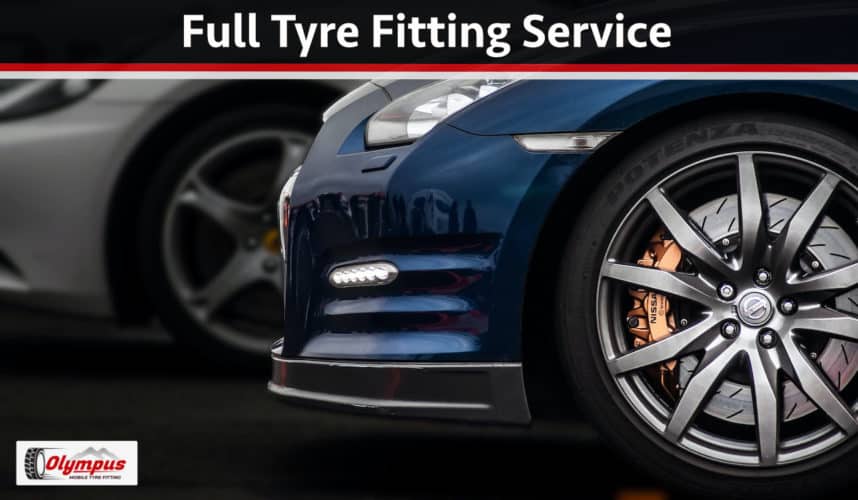In simple terms, any modern car’s tyre size format will nearly always follow this pattern:
Section width, aspect ratio, radial construction, rim diameter, load rating, and speed rating are all factors in determining tyre size.
Typical tyre size is 195/55 R16 87V, as shown above.
The numbers are always broken down as follows:
195 The tyre’s width in millimetres.
The higher the number, the more grip you’ll have. However, this is not always the case!
55 The tread profile of the tyre.
This refers to the sidewall height stated as a percentage of the width. As a result, this one would be 97.5mm tall.
The lower the profile, the less the tyre distorts when subjected to sideways force, such as cornering, which is beneficial for handling high-performance vehicles.
However, because there is less cushioning between the wheel rim and the road, a low profile tyre is really only worth it if you value handling over comfort.
R means that the tyre is radial.
Older cars often employed a different type of reinforcement material called ‘cross-ply’ before the invention of radial tyres. These tyres are now only seen in vintage or speciality applications, and all modern automobiles use radial tyres.
The diameter of the road wheel, measured in inches, is 16.
87 This is the load rating of the tyre. The higher the number, the greater the weight capacity of each tyre. In this case, 87 is 615 kg. Multiply that number by four to obtain an indication of how much load your car can transport.
V is the rating for speed.
Again, the higher the letter, the quicker your car can travel at a safe speed. The tyre is guaranteed to go up to 149 mph in this case. Below is a table with speed ratings.




